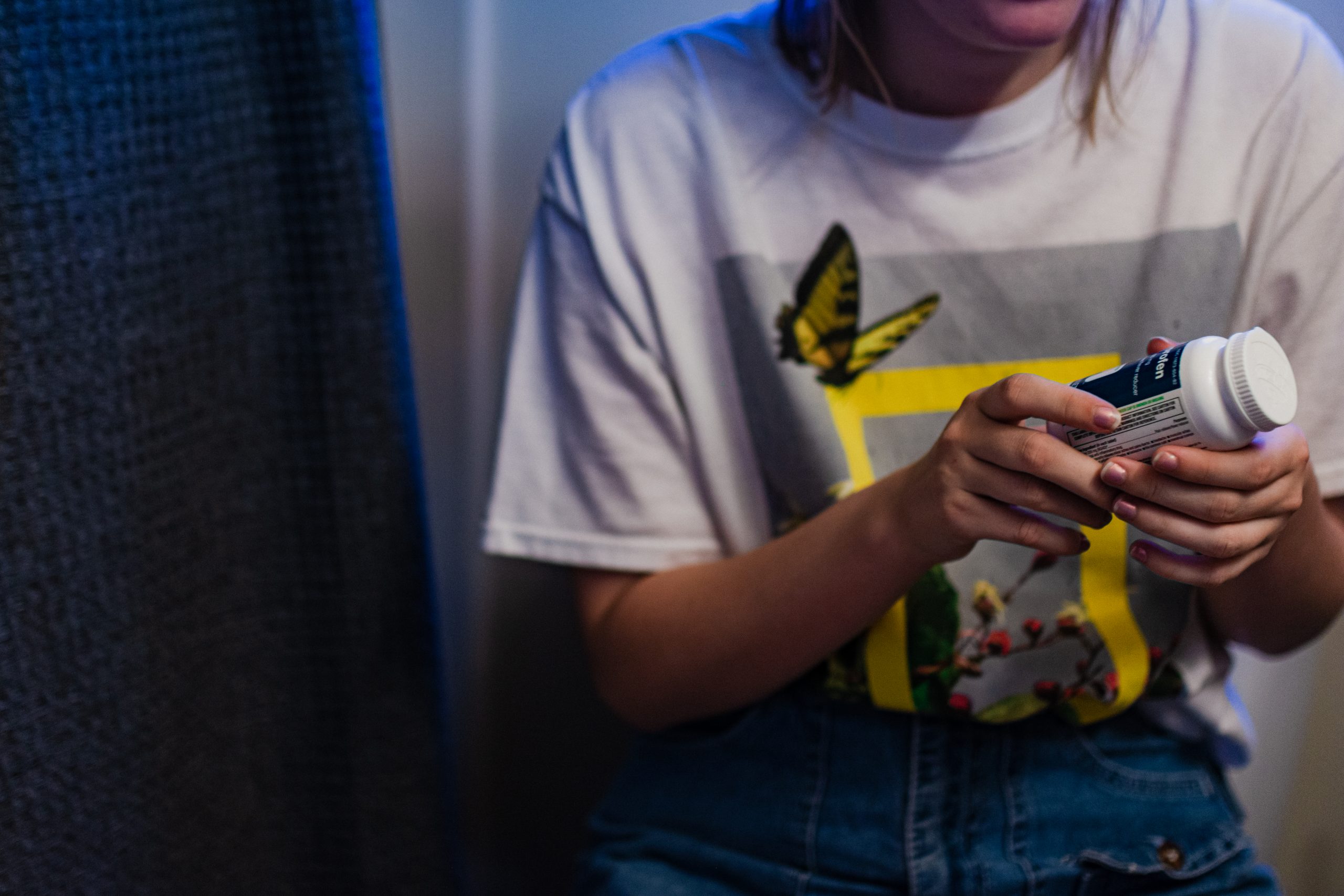
Oh no, not again–not another outbreak. The CDC has recently declared another public health emergency with the outbreak of Monkeypox.
Have no fear, Health & Wellness Services is here to help you with any and all illnesses, from your run-of-the-mill cold, to flu, to COVID, and now to Monkeypox. It’s important to note that there is no need to panic and there are steps you can take to stay safe. In fact, you may have already implemented similar preventative measures to prevent COVID-19.
What is Monkeypox?
Monkeypox is a virus that is typically spread through close and intimate contact with someone who is infected. The most noticeable symptoms include a rash on the body that can be paired with other flu-like symptoms. Symptoms can start 3 weeks after exposure and can last for 2-4 weeks.
What are the symptoms?
People with monkeypox get a rash that may be located on or near the genitals, or on other areas of the body such as hands, feet, chest, face or mouth. The rash can initially look like pimples or blisters, which may be painful or itchy. The rash will go through several stages, including scabs before healing.
Other symptoms include:
-
- Fever
- Chills
- Swollen lymph nodes
- Exhaustion
- Muscle aches
- Headache
- Respiratory symptoms (sore throat, nasal congestion, or cough)
If infected, you may experience all or only a few symptoms. Sometimes, people have flu-like symptoms before the rash where others get the rash first followed by flu-like symptoms. Some may only experience a rash.
Symptoms typically start within 3 weeks of exposure to the virus. If someone has flu-like symptoms, they will usually develop a rash 1-4 days later.
Monkeypox can be spread from the start of symptoms until the rash has healed, all scabs have fallen off, and a fresh layer of skin has formed. Illness typically lasts 2-4 weeks. Due to monkeypox being highly contagious, you will need to isolate up to 4 weeks.
How is it spread?
Monkeypox can be spread in a few ways, but most often through close, personal, often skin-to-skin contact including:
-
- Direct contact with monkeypox rash
- Touching objects, fabrics (clothing, bedding, towels), and surfaces that have been used by someone with monkeypox
- Prolonged contact with respiratory fluids (cough, sneeze)
Monkeypox can be spread during intimate contact such as:
-
- Having sex with an infected person
- Hugging, kissing or massaging an infected person
- Prolonged face-to-face contact
- Touching fabrics or objects used during sex, such as bedding, towels, and toys
Condoms do not prevent the spread of Monkeypox.
To prevent monkeypox, limit or avoid the following...
There are steps you can take to reduce the risk of monkeypox.
High Risk
-
- Direct contact with the infectious rash, scabs or bodily fluid
- Sexual or intimate contact
- Kissing
- Cuddling
- Dancing at a crowded party inside with non-fully clothed people
Medium Risk
-
- Sharing drinks (never share drinks or accept drinks from strangers)
- Sharing a bed, towels, or personal toiletry items
- Dancing at a crowded party inside with fully clothed people
Low Risk
-
- Dancing at a party outside with mostly clothes people
- Person to person transmission
- Trying on clothes at a store
- Touching a doorknob
- Traveling in an airport or on a plane
- Swimming in a pool, hot tub, or body of water
- In public restrooms or on public transit
- At a grocery store, coffee, shop, or a gym (via equipment)
For any questions or concerns, reach out to Ask-A-Nurse by calling 507.457.2292 or emailing as*******@****na.edu.
If you have a rash or are experiencing symptoms, make an appointment at Health & Wellness Services by calling 507.457.5160.